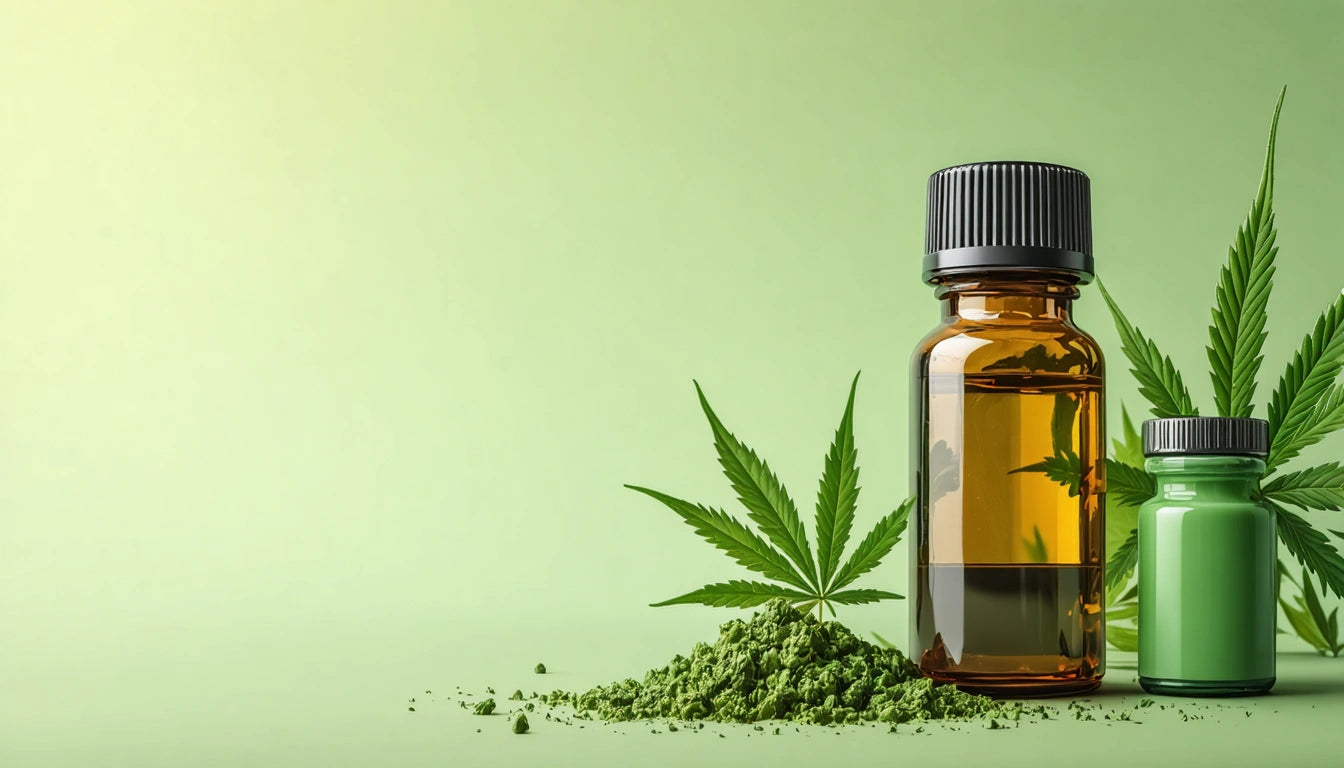- The Cannabis-Metabolism Connection Explained
- How THC Interacts With Your Digestive System
- Cannabis and Appetite Regulation
- Metabolic Effects: Does Weed Speed Up or Slow Down Metabolism?
- How Different Cannabis Strains Affect Metabolism
- How Consumption Methods Impact Digestive Effects
- Practical Considerations for Cannabis Consumers
How Does Smoking Weed Affect Metabolism and Digestion?
The relationship between cannabis and bodily functions like metabolism and digestion has been the subject of increasing scientific interest. Many cannabis consumers report changes in appetite, digestion speed, and metabolic feelings after consumption, but understanding the actual physiological mechanisms requires deeper examination.
The Cannabis-Metabolism Connection Explained
Metabolism encompasses all chemical processes that maintain life within our bodies, including converting food to energy. Cannabis contains compounds called cannabinoids that interact with the body's endocannabinoid system (ECS), which plays a role in regulating metabolism, appetite, and digestive functions.
The ECS contains receptors throughout the body, including the digestive tract, that respond to both naturally produced endocannabinoids and plant-derived cannabinoids like THC and CBD. These interactions can influence various metabolic processes, from hunger signaling to energy storage.
How THC Interacts With Your Digestive System
THC (tetrahydrocannabinol), the primary psychoactive compound in cannabis, binds to CB1 receptors concentrated in the brain and digestive system. This binding can affect:
- Gastric secretions and stomach acid production
- Intestinal motility (the movement of food through the digestive tract)
- Nutrient absorption rates
- Nausea and vomiting reflexes
For some individuals, these effects can be beneficial, particularly for those with certain medical conditions. As noted in this overview of marijuana's effects on the body, cannabis can help manage symptoms of digestive disorders like IBS and Crohn's disease by reducing inflammation and normalizing gut function.
Cannabis and Appetite Regulation
One of the most well-known effects of cannabis is increased appetite, commonly called "the munchies." This occurs because THC mimics the action of anandamide, an endocannabinoid that stimulates appetite. By binding to the same receptors, THC can amplify hunger signals and enhance the pleasure derived from eating.
The question of whether smoking weed affects weight loss or gain is complex. While increased appetite might suggest weight gain, research indicates that regular cannabis users often have lower BMIs than non-users, suggesting that cannabis might affect metabolism in ways that counterbalance increased caloric intake.
Metabolic Effects: Does Weed Speed Up or Slow Down Metabolism?
The question of whether weed speeds up or slows down metabolism doesn't have a simple answer. Research suggests cannabis may have bidirectional effects:
Potential Metabolic Acceleration
Some studies indicate that cannabis may increase metabolic rate through several mechanisms:
- Activation of brown adipose tissue, which burns calories to generate heat
- Improved insulin sensitivity in some users
- Temporary increase in heart rate, which can slightly elevate calorie burning
These effects might explain why some users report that weed seems to boost metabolism despite increasing food intake.
Potential Metabolic Slowdown
Conversely, cannabis may slow certain metabolic processes:
- Reduced physical activity during intoxication
- Altered gut motility, potentially slowing digestion in some individuals
- Disruption of regular eating patterns
When preparing cannabis for consumption, many enthusiasts use specialized grinding equipment to ensure even heating and optimal compound release, which can affect how quickly cannabinoids enter the bloodstream and influence metabolic processes.
How Different Cannabis Strains Affect Metabolism
Cannabis strains vary widely in their cannabinoid and terpene profiles, leading to different effects on metabolism and digestion:
- High-THC strains typically produce stronger appetite stimulation
- CBD-dominant strains may reduce THC's appetite-stimulating effects
- Strains high in the terpene humulene may actually suppress appetite
- Strains with myrcene might enhance relaxation of smooth muscle in the digestive tract
Certain strains known for energy and vitality may provide metabolic benefits without excessive sedation, potentially supporting active lifestyles.
How Consumption Methods Impact Digestive Effects
The method of cannabis consumption significantly influences its effects on digestion and metabolism:
Smoking and Vaping
When cannabis is smoked or vaped, cannabinoids enter the bloodstream rapidly through the lungs, producing quicker but potentially shorter-lasting effects on metabolism. This route bypasses the digestive system initially but still affects it through systemic circulation.
Edibles
Cannabis consumed as edibles must pass through the digestive system, where THC is converted to 11-hydroxy-THC, a more potent form. This can create stronger and longer-lasting effects on digestion and metabolism, including more pronounced appetite stimulation.
The timing of consumption also matters. Cannabis use during fasting may have different metabolic effects compared to use after meals.
Practical Considerations for Cannabis Consumers
For those concerned about cannabis's effects on metabolism and digestion, consider these evidence-based strategies:
- Choose strains with balanced THC:CBD ratios to moderate appetite effects
- Time consumption strategically around meals if managing weight
- Stay hydrated to support digestive function
- Maintain physical activity to offset potential sedentary effects
- Consider microdosing for metabolic benefits with minimal intoxication
Understanding how cannabis influences metabolism allows consumers to make informed choices that align with their health goals.
While cannabis affects everyone differently based on individual factors like age, weight, and metabolism, recognizing these patterns can help consumers better predict and manage their responses to cannabis use, particularly regarding digestion and metabolic effects.











Leave a comment
All comments are moderated before being published.
This site is protected by hCaptcha and the hCaptcha Privacy Policy and Terms of Service apply.